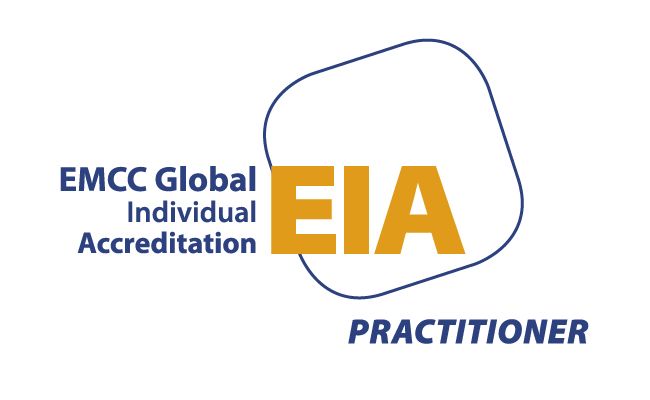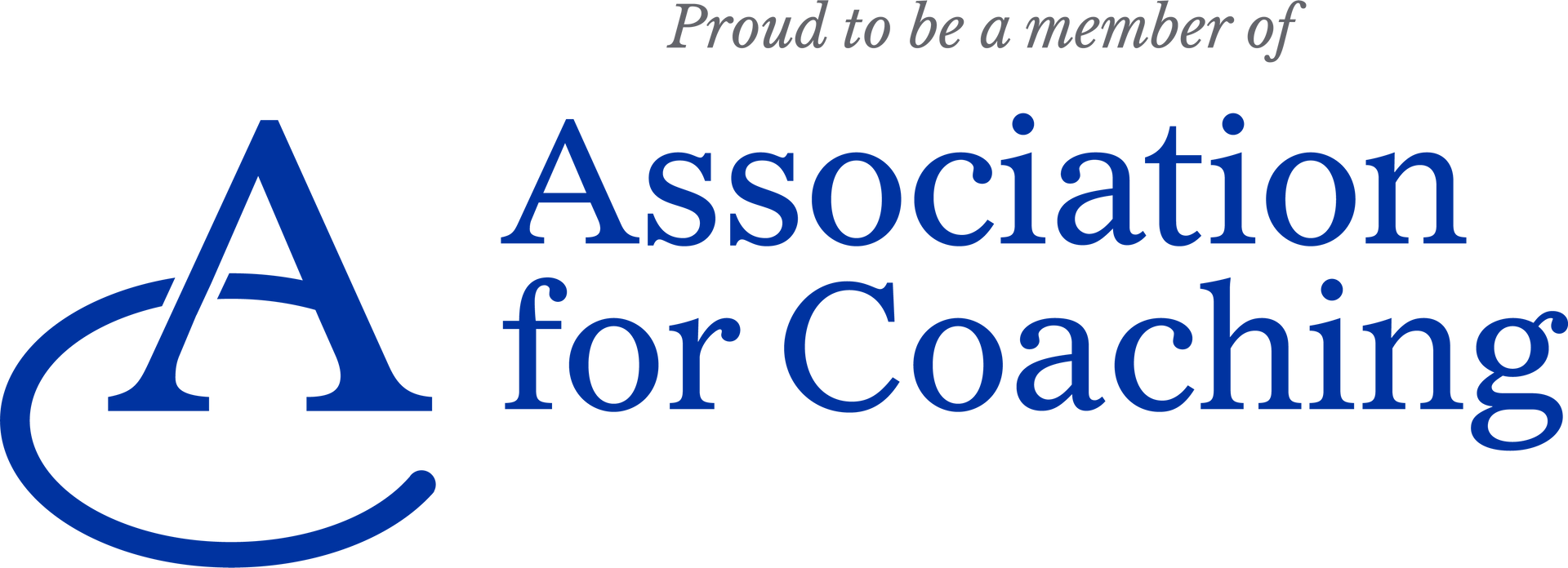The value of Mentoring Others
Barbra Carlisle • April 4, 2025
The Power of Mentorship: How Investing in Others Fuels Business Success

When Chelsea was at school she didn't know what she wanted to do. Her world was limited to what she knew around her. This is the case for so many of us, influenced by our family, school careers teacher and teachers. If the general aspiration is low then that is what we take with us into our post school years.
Fortunately for Chelsea someone came to do a talk at school, and spoke about the world of media. Chelsea was interested and explored options, ending up going to college which led her to working in marketing in the IT sector. Here she discovered a love of IT but didn't quite love the isolation she felt as one of the only women in the room. This itself sparked a passion, to improve representation and experience of women in tech. She founded Innovate her and helps 100s of girls nurture their passion in IT.
It is likely that there have been pivotal moments in your journey that have been influenced by someone else’s wisdom, encouragement, or challenge. They may have been a formal or incidental mentor.
A mentor unlocks potential, fostering confidence, and inspiring action. It isn’t just valuable for the mentee; it offers significant benefits for the mentor and for businesses that embed mentoring into their culture.
In a world where organisations are striving for greater engagement, leadership development, and community impact, mentorship emerges as a powerful, practical solution.
Why Mentorship Matters
A recent report from Deloitte (2023) found that employees with mentors are 68% more likely to be promoted
within five years. Mentorship accelerates learning, deepens confidence, and provides the safe space people need to develop leadership skills. But beyond personal growth, there’s a business case: companies that promote mentorship have retention rates 50% higher
than those that don’t (CIPD, 2023).
For businesses, mentoring can:
- Strengthen leadership pipelines.
- Increase engagement and reduce turnover.
- Improve problem-solving by exposing people to diverse perspectives.
The Dual Benefit: Being a Mentor and a Mentee
There’s often a misconception that mentoring is a one-way street—the experienced professional imparts wisdom to the novice. But great mentoring relationships are reciprocal.
A mentor benefits by:
✔ Sharpening leadership and coaching skills.
✔ Gaining fresh insights from a different perspective.
✔ Finding fulfilment in seeing someone else grow.
A mentee benefits by:
✔ Receiving encouragement, challenge, and clarity.
✔ Developing strategic thinking and leadership confidence.
✔ Building connections that open doors to new opportunities.
How Different People Approach Mentorship
People experience and approach mentorship in different ways. Some thrive in structured, goal-oriented mentoring relationships, while others prefer organic, story-driven guidance. Recognising these differences helps make mentoring more impactful.
🔹 The Practical Thinker values structured mentoring with clear objectives and measurable outcomes.
🔹 The Relational Connector thrives in informal, story-based mentoring where trust is built over time.
🔹 The Big-Picture Visionary appreciates mentoring that challenges conventional thinking and encourages bold ideas.
🔹 The Detail-Oriented Strategist benefits from deep, one-to-one coaching that refines decision-making.
🔹 The Empathetic Listener is drawn to mentoring that builds confidence and nurtures strengths.
Understanding these different styles means that businesses can design mentorship programs that truly resonate with all employees.
The Untapped Potential of Business Mentoring Programs
Many companies already offer volunteer days—what if more of these were used for mentoring?
Community-based mentoring has tangible benefits. Studies by the National Mentoring Partnership UK (2022) found that 93% of mentees who receive professional mentoring feel more prepared for their careers. When businesses encourage employees to mentor beyond their organisation—whether it’s helping young professionals, supporting social enterprises, or advising charities—they create lasting impact while also developing their people.
- For Employees: Mentoring outside their own organisation builds confidence, perspective, and new leadership skills.
- For Businesses: It strengthens employer branding, fosters a culture of giving back, and develops more well-rounded leaders.
- For Society: It ensures valuable knowledge is shared and that emerging leaders, particularly in charities and non-profits, receive the guidance they need.
How to Get Started
Mentorship doesn’t have to be a formal, long-term commitment to be impactful. Here are three simple ways to integrate mentorship into your leadership approach:
- Start Small: Identify one person you could mentor or seek out someone who could challenge and guide you.
- Embed It in Your Culture: Encourage a mindset where “everyone has something to teach and something to learn.”
- Use Volunteer Days for Mentoring: Support employees in mentoring emerging leaders outside the organisation.
Final Thought: Mentorship is a Leadership Responsibility
Mentorship isn’t just a ‘nice to have’—it’s a strategic, high-impact investment in people. Whether you’re guiding someone within your business or using your volunteer day to mentor an aspiring leader in a non-profit, you’re shaping the future of leadership.
What’s one mentoring relationship that’s shaped your leadership?
Book a conversation with Barbra from Glee Coaching to explore how mentorship can be embedded into your organisation’s culture. Email barbra@gleecoaching.com




